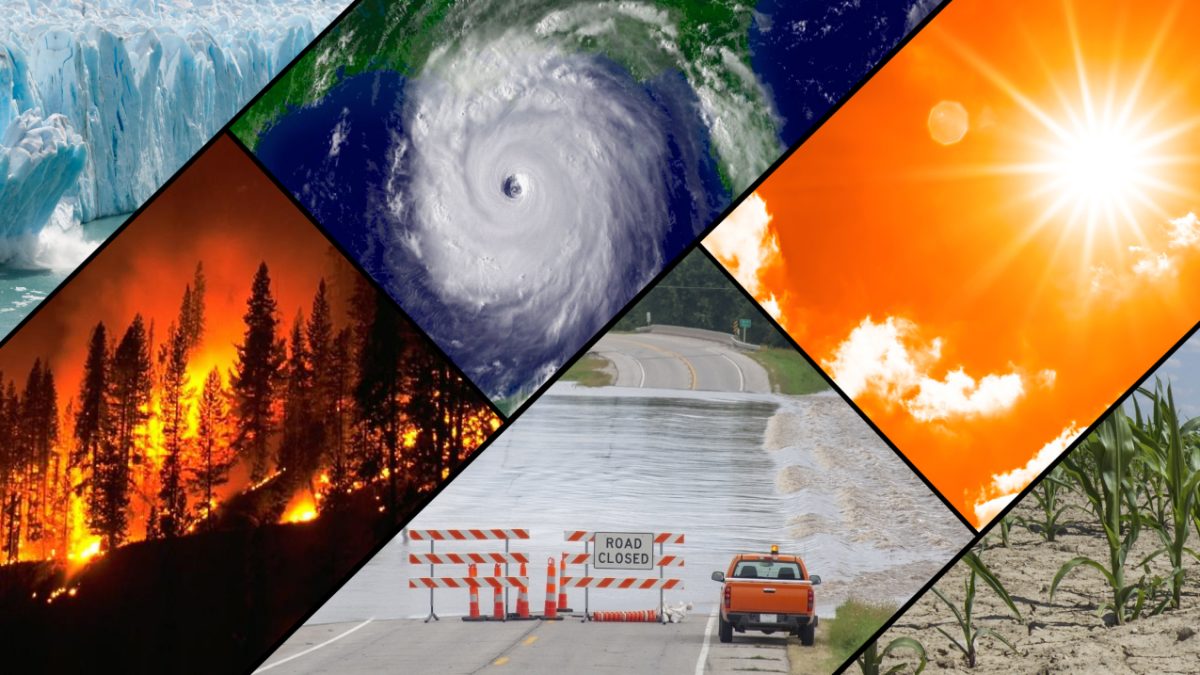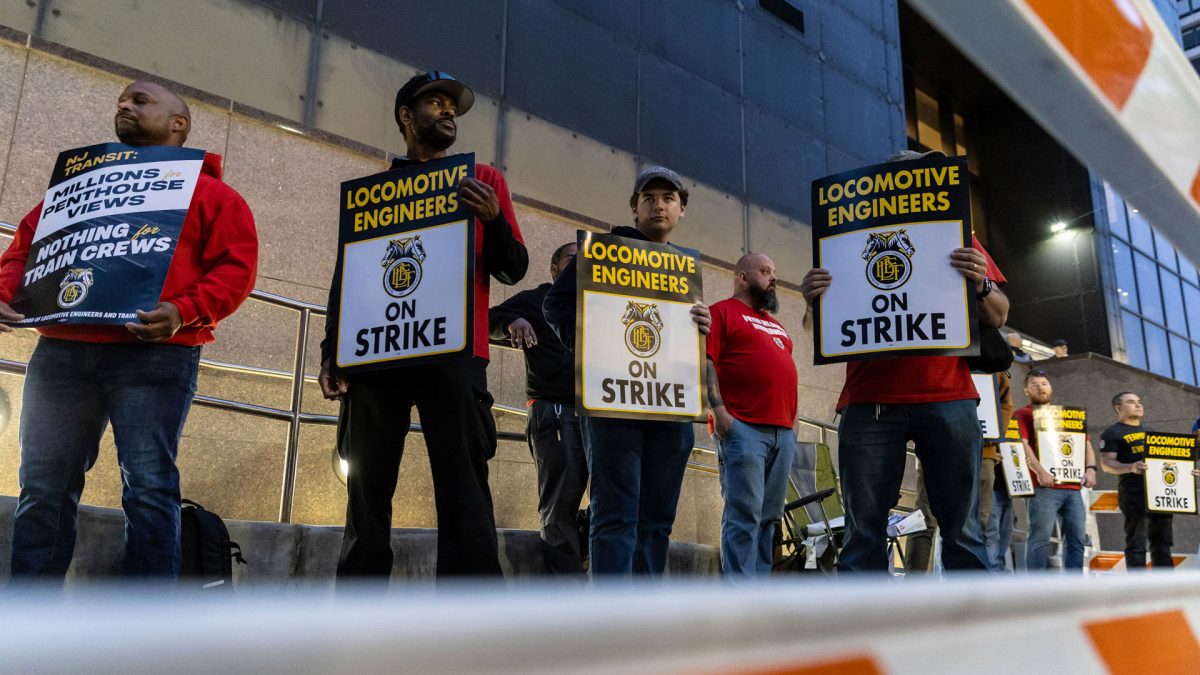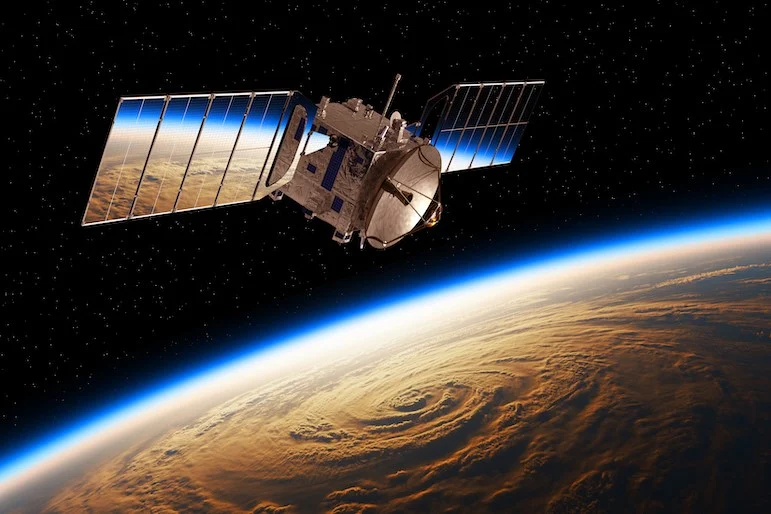Florida is facing the devastating aftermath of Hurricane Milton, which slammed into the recently as a Category 3 storm. The hurricane has left at least 24 people dead, with thousands of residents displaced from their homes and communities. As authorities continue rescue operations, the full extent of the destruction is becoming apparent, especially in hard-hit areas like Siesta Key and Sarasota.
Milton brought powerful winds, torrential rain, and widespread flooding, affecting both coastal and inland regions. Homes have been reduced to rubble, roads washed out, and power lines torn down, leaving over a million Floridians without electricity. Recovery efforts are underway, but challenges remain as many roads are still impassable, and resources such as food, water, and fuel are in short supply.
Governor Ron DeSantis has opened free fuel distribution sites to address gasoline shortages, while President Biden has approved a federal disaster declaration to release funds for temporary housing and rebuilding. These steps are critical, as many families are left without homes and are relying on temporary shelters or hotels until it’s safe to return.
The destruction caused by Hurricane Milton comes just weeks after Florida was battered by Hurricane Helene, compounding the difficulties for many already struggling to recover. While the storm spared some areas from catastrophic storm surges, high winds and tornadoes caused significant damage across the state. Early estimates suggest that Milton’s economic impact could reach $160 billion, adding to the already mounting costs of this year’s hurricane season.
As the recovery continues, Florida faces months, if not years, of rebuilding. The immediate priority remains rescuing those still stranded and providing essential supplies to those in need. However, with many homes and businesses destroyed, and lives upended, the true cost of Hurricane Milton will extend far beyond the physical damage.












